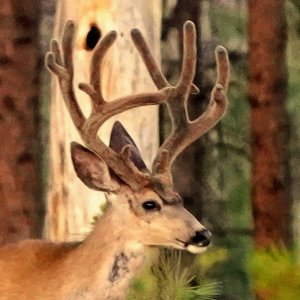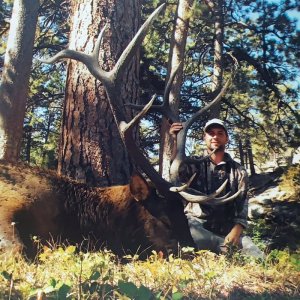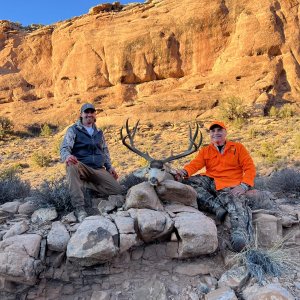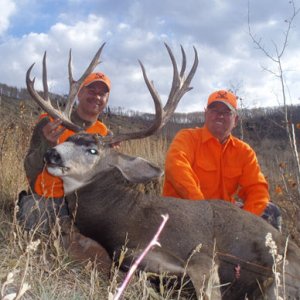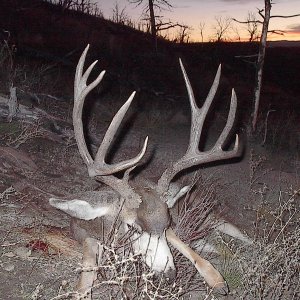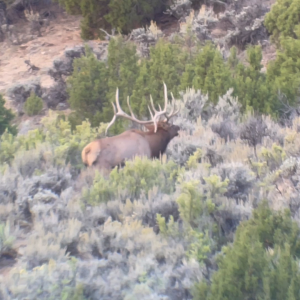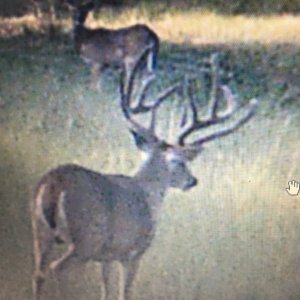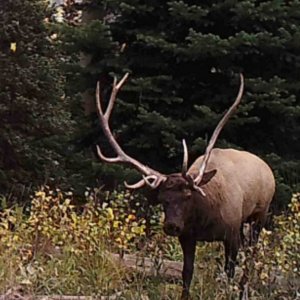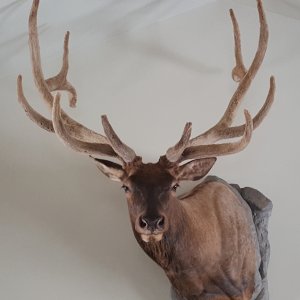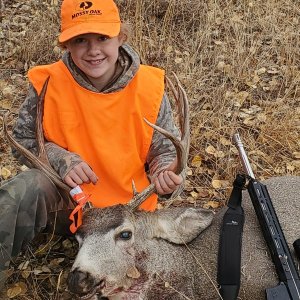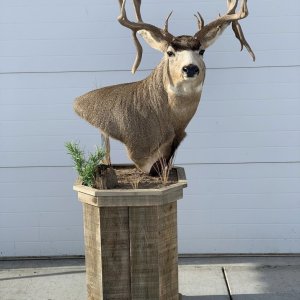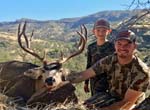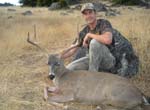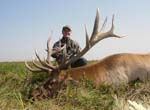Califelkslayer
Long Time Member
- Messages
- 4,078
No biology degree here, just wanted to share a thought.
And my thought is just about horn growth and upland birds nesting and success.
IMO it doesn't matter HOW much rain/snow we get as much as it matters WHEN.
This winter was extremely dry, nothing in December and January. But the bitter brush around my house is beginning to bloom. In true drought years, the bitter brush gets no yellow flowers on it. This year the buds are all over the plants. And plants only bloom if they are doing good, right? The flower is a by product. And everything is green. Last week we got about 30 hours of straight rain and I swear you could actually watch the grass grow.
If the rain stops I realize the deer will be eating dried grass/plants by mid June which will lack in nutriention thus affect horn growth. And fawns will grow slower making them more susiptible to a bad winter next year.
But if we continue to get intermittent rain through May, and thunder showers through June, I believe the deer and upland game will be in better shape than if we had a record snowpack this year.
One other theory is extreme heat in June/July/August stunts horn growth. I never thought about this much until my Dad had a muzzy elk tag in utah a couple of years ago. I mentioned to his guide that the horn growth must be off the hook this year based on all of the moisture. His reply was that the elk had great racks through their 4th but that the tops didn't finish well. When I asked why he said it was because of the 100+ temps in July and August that year and explained that elk won't move (feed) much when it's that hot which affect their horn growth. And I saw that in several bulls. The high temps probably also affect the quality of the feed.
Your thoughts? Or is this even worthy of conversation?
And my thought is just about horn growth and upland birds nesting and success.
IMO it doesn't matter HOW much rain/snow we get as much as it matters WHEN.
This winter was extremely dry, nothing in December and January. But the bitter brush around my house is beginning to bloom. In true drought years, the bitter brush gets no yellow flowers on it. This year the buds are all over the plants. And plants only bloom if they are doing good, right? The flower is a by product. And everything is green. Last week we got about 30 hours of straight rain and I swear you could actually watch the grass grow.
If the rain stops I realize the deer will be eating dried grass/plants by mid June which will lack in nutriention thus affect horn growth. And fawns will grow slower making them more susiptible to a bad winter next year.
But if we continue to get intermittent rain through May, and thunder showers through June, I believe the deer and upland game will be in better shape than if we had a record snowpack this year.
One other theory is extreme heat in June/July/August stunts horn growth. I never thought about this much until my Dad had a muzzy elk tag in utah a couple of years ago. I mentioned to his guide that the horn growth must be off the hook this year based on all of the moisture. His reply was that the elk had great racks through their 4th but that the tops didn't finish well. When I asked why he said it was because of the 100+ temps in July and August that year and explained that elk won't move (feed) much when it's that hot which affect their horn growth. And I saw that in several bulls. The high temps probably also affect the quality of the feed.
Your thoughts? Or is this even worthy of conversation?

